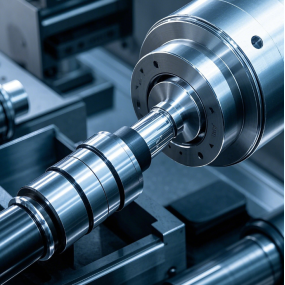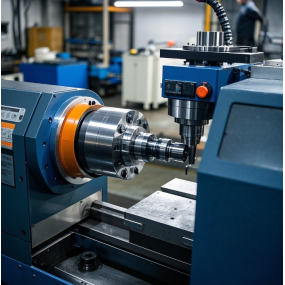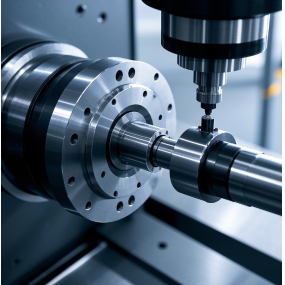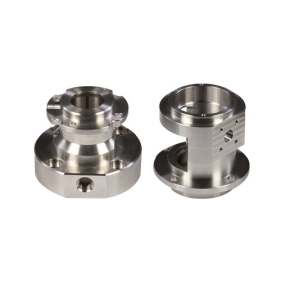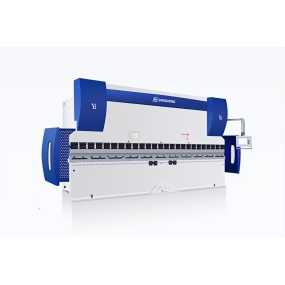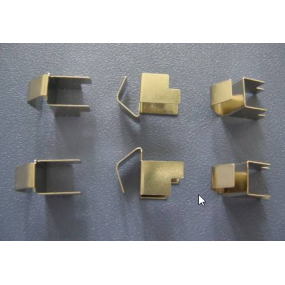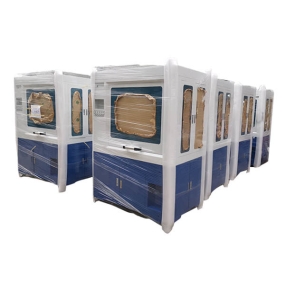The key to doubling the processing efficiency of copper and aluminum parts lies in the innovative design of automatic lathe fixtures, the core of which lies in the realization of "zero change" and "intelligent self-adaptation". The following are the three core technologies:
1. Pneumatic diaphragm quick change structure
Elastic diaphragm is used to replace the traditional jaw, and the clamping speed of 0.8 seconds is realized by air pressure drive. The diaphragm is embedded with a pressure sensor, which can automatically compensate for the deformation of the workpiece and reduce the traditional clamping time by 75%. It is especially suitable for the characteristics of easy deformation of copper and aluminum parts, ensuring that the parallelism of the processing surface is controlled within 0.02mm.
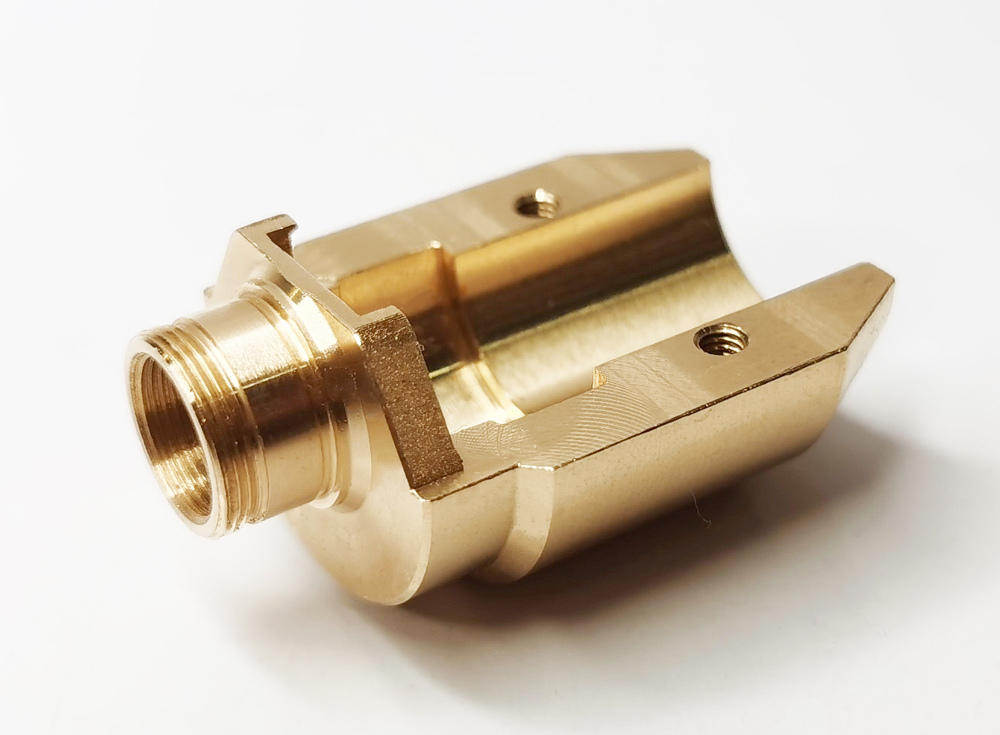 2. Modular combination fixture
2. Modular combination fixture
Based on the "building block" design concept, the fixture is decomposed into standardized components such as positioning matrix, pressing unit, and support module. Through the RFID chip to automatically identify the workpiece code, the central controller automatically calls the corresponding module combination scheme to achieve complex replacement within 3 minutes, which is 4 times more efficient than traditional fixtures.
3. Thermal compensation adaptive system
In view of the large thermal expansion coefficient of aluminum, micro thermocouple and displacement sensor are integrated in the fixture. Real-time monitoring of temperature changes during processing, automatic adjustment of clamping force by servo motor, dynamic compensation of thermal deformation, so that batch processing dimensional accuracy is stable at 0.01mm, and the scrap rate is reduced by more than 80%.
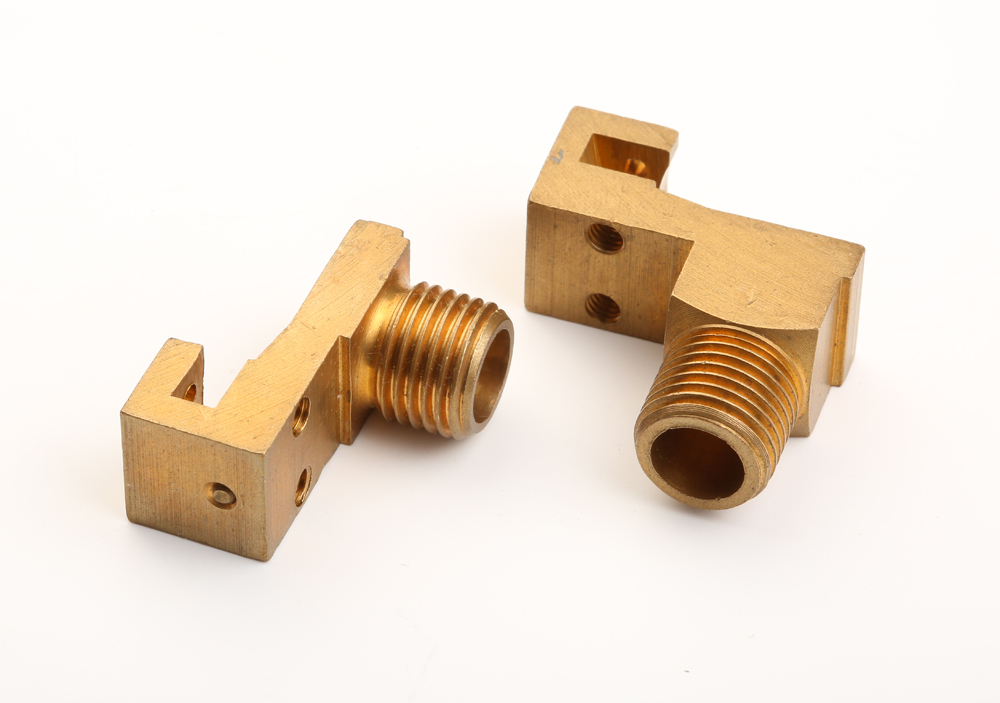 After the application of this fixture, the average daily production capacity of a single automatic lathe was increased from 800 pieces to 1650 pieces, and the replacement time was reduced to 1/5 of the traditional solution. The key is to transform "passive clamping" into "active intelligent control", so that the utilization rate of machine tools exceeded 92%, and the double jump of efficiency and accuracy was truly realized.
After the application of this fixture, the average daily production capacity of a single automatic lathe was increased from 800 pieces to 1650 pieces, and the replacement time was reduced to 1/5 of the traditional solution. The key is to transform "passive clamping" into "active intelligent control", so that the utilization rate of machine tools exceeded 92%, and the double jump of efficiency and accuracy was truly realized.


 Spanish
Spanish Arabic
Arabic Spanish Basque
Spanish Basque Portuguese
Portuguese Belarusian
Belarusian Japanese
Japanese Russian
Russian Icelandic
Icelandic Bulgarian
Bulgarian Azerbaijani
Azerbaijani Estonian
Estonian Irish
Irish Polish
Polish Persian
Persian Boolean
Boolean Danish
Danish German
German French
French Filipino
Filipino Finnish
Finnish Korean
Korean Dutch
Dutch Galician
Galician Catalan
Catalan Czech
Czech Croatian
Croatian Latin
Latin Latvian
Latvian Romanian
Romanian Maltese
Maltese Malay
Malay Macedonian
Macedonian Norwegian
Norwegian Swedish
Swedish Serbian
Serbian Slovak
Slovak Slovenian
Slovenian Swahili
Swahili Thai
Thai Turkish
Turkish Welsh
Welsh Urdu
Urdu Ukrainian
Ukrainian Greek
Greek Hungarian
Hungarian Italian
Italian Yiddish
Yiddish Indonesian
Indonesian Vietnamese
Vietnamese 简体中文
简体中文 Haitian Creole
Haitian Creole

